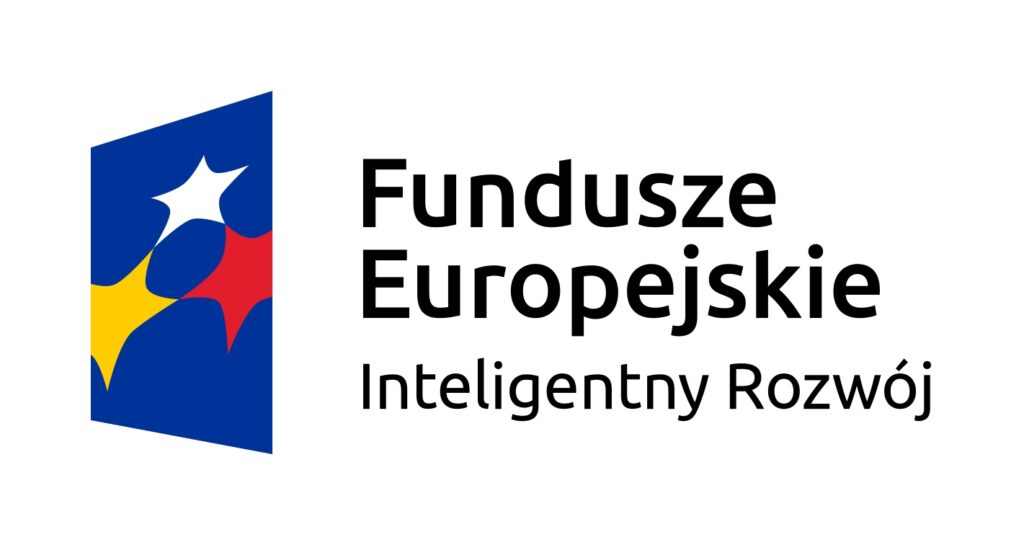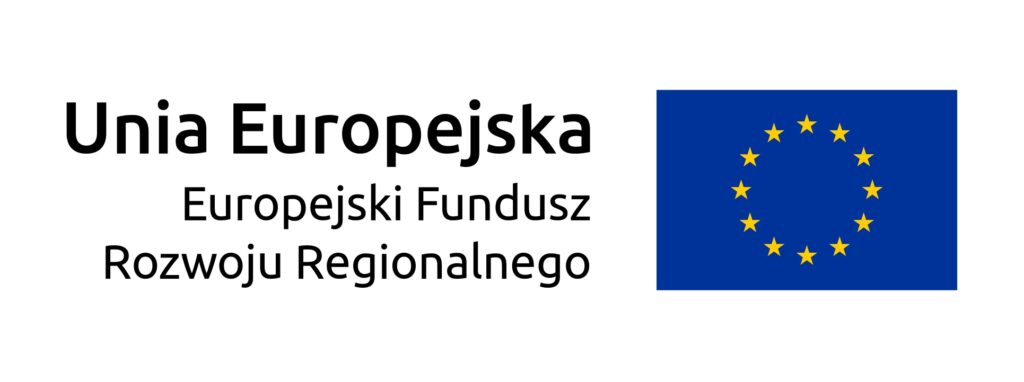Introduction – that is, why I am writing this article and what you will learn in it
Why:
I have to share my observation. I have an impression that today every project is an MVP. I don’t work here for a long time, but I have already had the opportunity to participate in several projects and practically each of them was called MVP. At the same time it was an application with only 3 screens, such with hundred and fifty and twenty features of questionable usability for the user, as well as an application overloaded with animations and fancy graphics.
Man, I’m on my own getting confused what this MVP is supposed to be. I have an impression that the same term is used to call an application, which is to be released to a test group of users, its version, which is to be published in the store and the one already earning on itself, as well as an application with all its releases for 10 years ahead.
Don’t take me wrong – I’m exaggerating a bit with this last example, but there is indeed a specific problem in using the term “MVP project”. It applies not only to customers (who, in my opinion, have the right to make this mistake) but also to developers, as well as PMs themselves (who should not only guard the clarity of project nomenclature, but above all understand the difference between MVP and project that is not).

What you will learn in it:
First: What is MVP – definition what kind of project is hidden behind these three letters, what should it characterize and what is it used for.
Second: We will get to know a few definitions that are closely related to MVP – we will find out what they are and how differ e.g. POC, MMP or prototype.
Third: We will learn a few examples of companies that are well known today and started with MVP. (Useful thing – it’s always good to have a few such examples on hand. They are excellent for small talk.)
Okay, time is precious – let’s get started!
Some boring definitions
Let’s start with the seemingly boring, but actually the most important things – the definitions of the terms we will use here.
What is MVP?
Deciphering the abbreviation which is the main reason for our today’s meeting we will learn that MVP is actually Minimum Viable Product – a product with minimum functionality, which at the same time is useful enough to bring it to the market. This term was originally coined in the startup world and as its creator is considered Eric Ries – the author of the Lean Startup methodology.
The main goal of MVP is to verify the profitability of a given venture, product or business model at the lowest possible cost. As Ries writes “MVP is the minimum viable product that enables the team to gather the maximum amount of validated customer information with the least amount of effort.”
This means that MVP is more of an experiment to validate business hypotheses rather than a finished solution. What’s more, it doesn’t even have to be in the semi-finished form you usually see it in. There are many types of MVPs – for example:
1. A demo video
2. Landing Page
3. Interview with the customer
4. “Wizard of Oz” MVP
5. Blog article/Post on a Forum or Facebook group and many more.
The most important thing they all have in common is that each of them aims to get the answer to the question “Does my business idea make sense?” with the least possible effort.
What is a POC?
POC – or Proof of concept – project called by this term by its definition is very closely related to MVP and often these two terms are used interchangeably. However it is wrong. POC similarly to MVP is used to verify the hypothesis. However, while an MVP is meant to validate the whole business idea, a POC is meant to check only a very specific aspect – usually technical – of the whole project and in most cases is not released outside the company.
What is MMP?
MMP, on the other hand, stands for Minimum Marketable Product. It is the the minimal version of a product that allows it to monetize itself. Its existence should be a natural extension of MVP, however, it is very common to confuse the two terms and the MMP project is called MVP. Considering the different assumptions of these two approaches, we should be guided by different goals while creating them, the reflection of which should be visible in the project.
What is a prototype?
Another approach very similar to the above is the prototype. You can look at it as something between a POC and an MVP.
Similarly to a POC, the main goal of a prototype is to help you make development decisions and reduce bugs. However, while a POC is meant to test only one aspect of the product, a prototype is meant to be a model of a specific combination of them.
At the same time, compared to an MVP, although the prototype gets into the hands of customers, it usually doesn’t reach the market. It’ s usually a version of the product, used to get feedback and create another version of the prototype testing another set of features.
In summary, we can say that the most natural order of product versioning is:
POC → prototypes → MVP → MMP
POCs being used for testing individual product features. Prototypes serving to test their combinations. MVP is to verify business cases and MMP is to start making money.
How to approach the MVP creation?
Okey, we already know by now what an MVP is and what it is not. So how to approach its creation?
Real user needs
First – the business and the need. The first and most important step to create MVP is to make a business hypothesis. It’s not worth thinking about it at the very beginning from the perspective of whether we are able to build the final product here and now. If the idea itself turns out to be sufficiently catchy, finding a way to implement it will be a matter of choosing the right tool for the job.
Lack of advanced functionality
The most common mistake made when creating an MVP is thinking for the customer and coming up with a thousand unnecessary functionalities that the product may have, and which “will definitely be needed”.
It is the purpose of MVP to verify what is missing in the product. Of course this is a side goal – the main goal is to verify the main business hypothesis. You cannot contradict the MVP assumptions more than by investing time and resources into creating additional functionalities without being sure that the main business idea is viable.

An incomplete product
An MVP will never be a complete product. That is not its role. MVP is meant to get to market as quickly as possible and get feedback from users.
Investing right away in development of more advanced version of the product that will “revolutionize” the world is very risky. It may turn out that while chasing the bunny of the perfect product we will run out of resources and instead of a revolution we will be left with frustration and a solution that nobody was waiting for.
Idea – development – feedback – repeat
Rome wasn’t built in a day. Neither was Krakow. Neither your product will be perfect right away. Note that all giants (especially technological ones) are constantly changing and improving their services and products. They learn about the changing needs of the market and try their best to answer them.
When creating an MVP you have to be ready for changes from the very beginning. I’m talking not only about mental preparation, but also financial. Version 1.0 of the product is just the beginning of the whole path to glory. We can not spend everything creating it and leave ourselves no margin for development. In fact, it will be the most important, because it will (or at least should) be based on user feedback.

MVP examples
Okay, who cares about the theory. After all, MVP is some kind of artificial concept. No one cares what someone out there fantasized about. My product has to be the best. I’m not going to release something unrefined. My competitors will take my idea and what will be left of your theories? Thanks a lot.
Well… Actually that’s what someone might have thought when reading about what MVP is. So let me give you some great examples, which prove, that what I wrote here makes some sense.
Dropbox
Dropbox started its existence with an MVP in the form of a video explaining its idea and concept for a product which today almost everyone knows. The feedback they got from it not only allowed them to take their product in the right direction, but also helped them raise funds to develop their solution.
Amazon
Maybe not everyone remembers, but at its beginnings Amazon was simply an online bookstore. And while some may still remember it, they probably don’t know that at the very beginning Jeff Bezos himself was buying books from distributors and shipping them to his customers on his own. The volume of the orders allowed him to conclude that there was a need for this kind of platform and he gradually started adding more valuable products to it. Where this has led him is probably already known to everyone.
Airbnb
This is my favorite example of an MVP project. To validate his idea of short-term private apartment rentals, at the very beginning, the founder of Airbnb started renting out his own apartment. By doing so, he was able to validate the thesis that travelers were willing to take advantage of such way of renting. Based on this feedback, Brian Chesky began to develop his business idea, which evolved into the shape we know today.
Zappos
Zappos is an interesting example of a “Wizard of Oz” type MVP. Its founder Nick Swinmurn, to see if people would be willing to buy shoes online without measuring them, walked around shoe stores himself and took pictures of the shoes he found there. Putting them up for sale in the online store allowed him to discover that his idea was a hit and was in high demand.
Facebook’s beginnings actually can also be described as an MVP product. Before it became the world’s largest social media outlet, it was available only to Harvard University students and offered very basic user profile building capabilities. However, the idea itself proved to be so popular that it awaited its expansion beyond the walls of the university. How far has it come? Look in the history of your browser .
These are just a few of the products that started their lives with MVPs. Others include Groupon, AdWords, Buffer, AngelList, Foursquare, and many others.
Summary
Is it worth doing MVP? I don’t know, and that’s not really what this article was about. I do know that a lot of times this model of operation proved itself and that it is very popular among startups. For myself, I would say that it seems to be very intuitive and its application is logical. However, the question if your project should be MVP you have to answer for yourself.
What I do know for sure is that it’s good to know what you’re talking about when talking about your project. It’s good to keep a consistent nomenclature and maintain a state where everyone knows what project scope is being talked about. I hope this article has helped you come up with the correct definition of MVP, and maybe reminded you how you should approach it to be able to fully call it by that name.
If you liked this article and you see a similar problem around you – please send it where it’ needed. Maybe we can make more people be able to properly define their projects.









